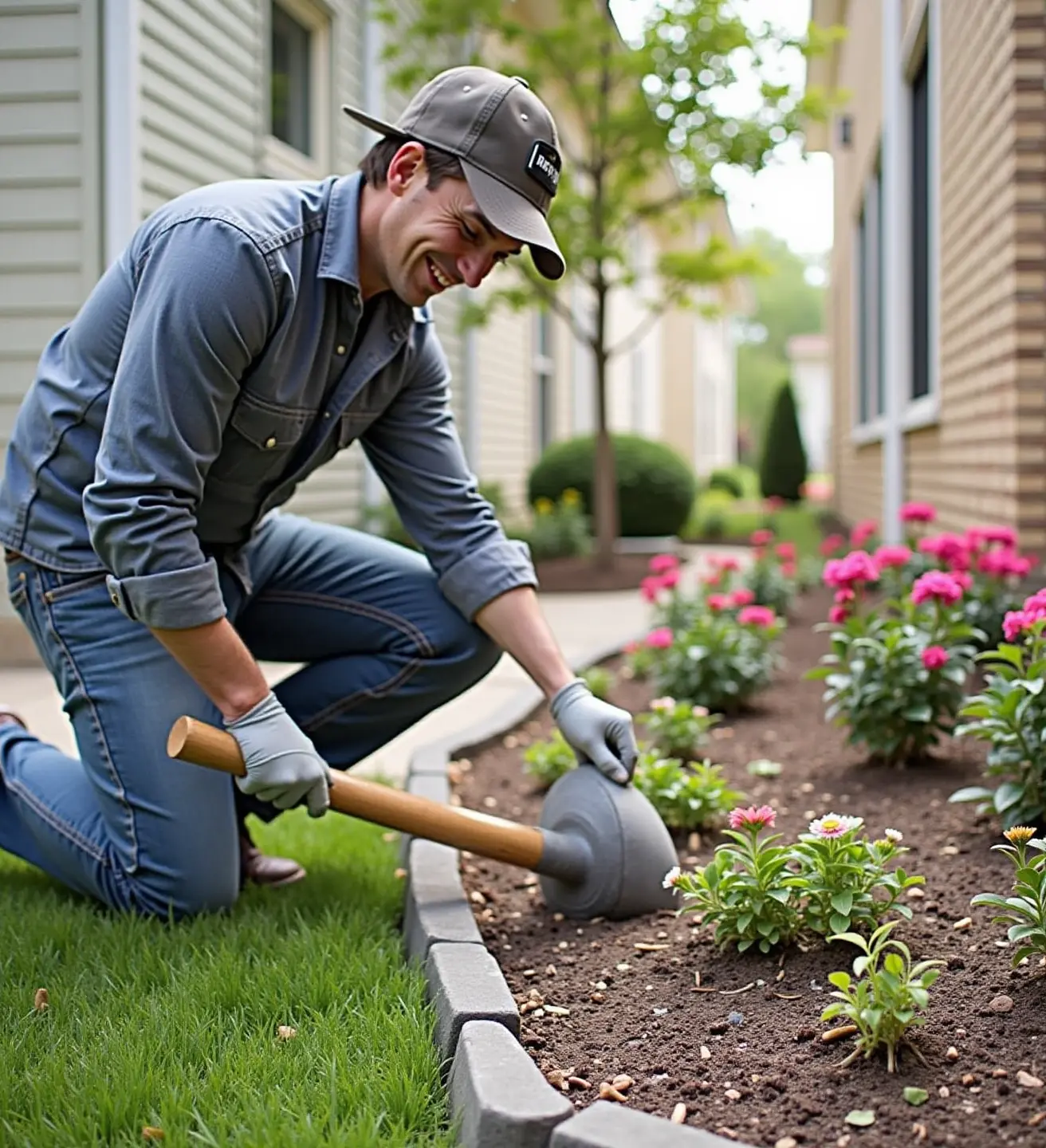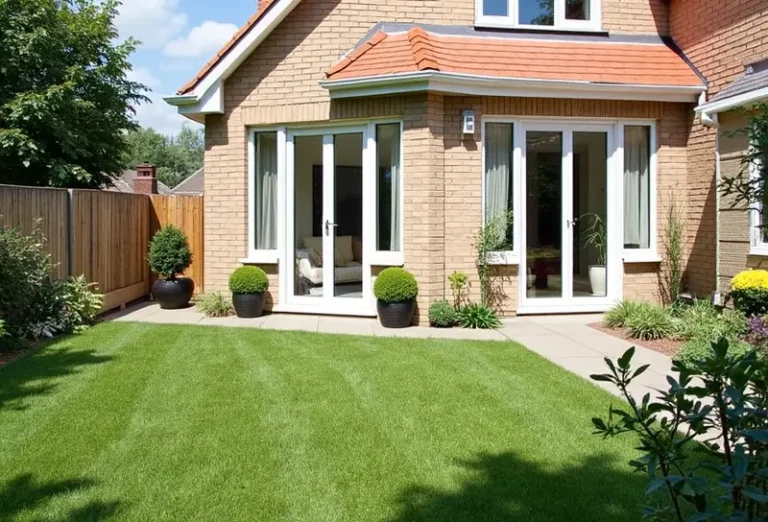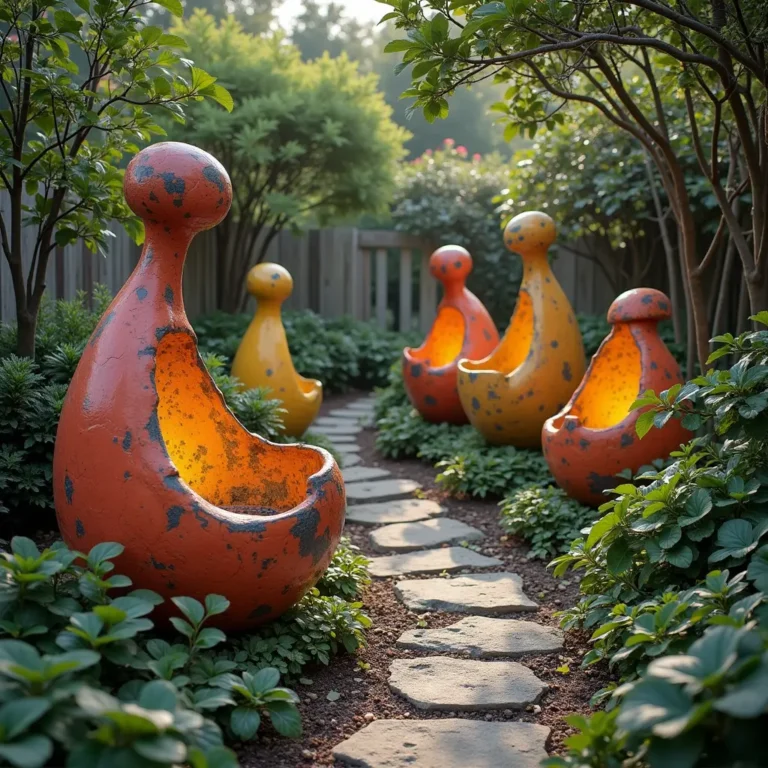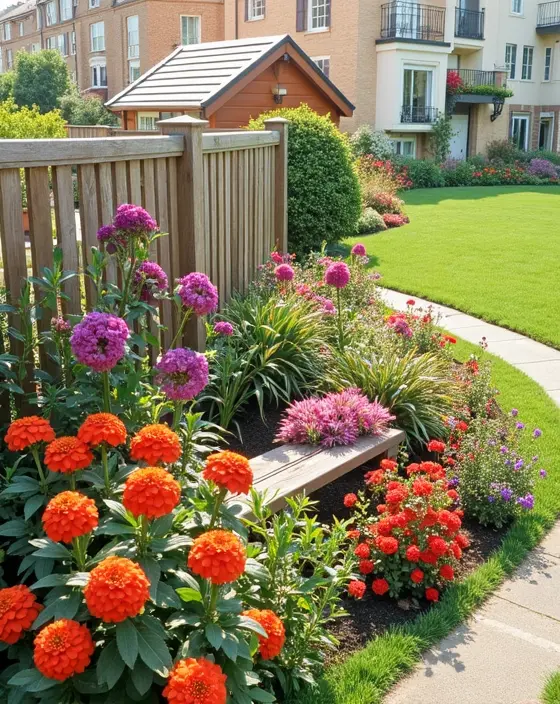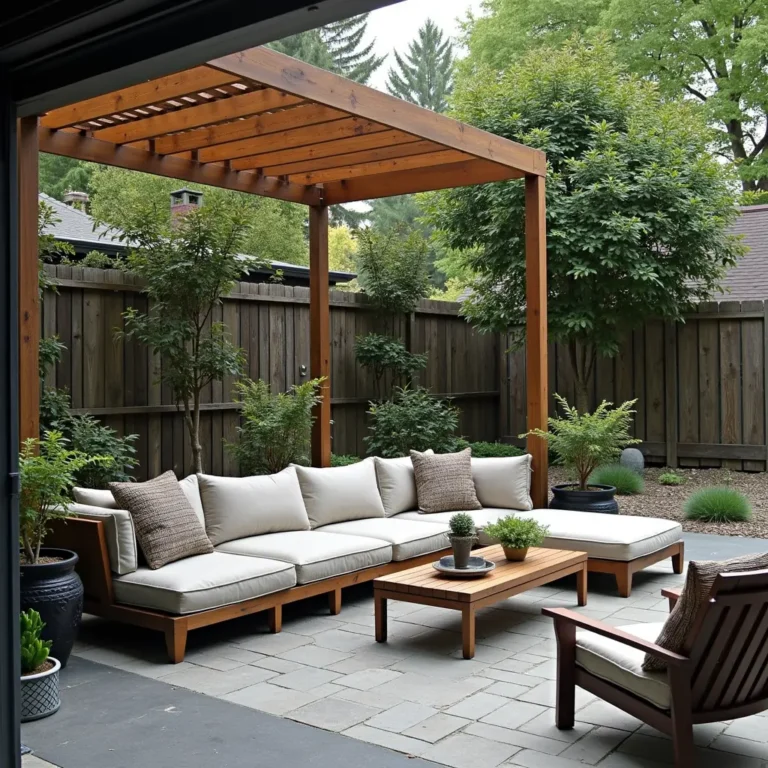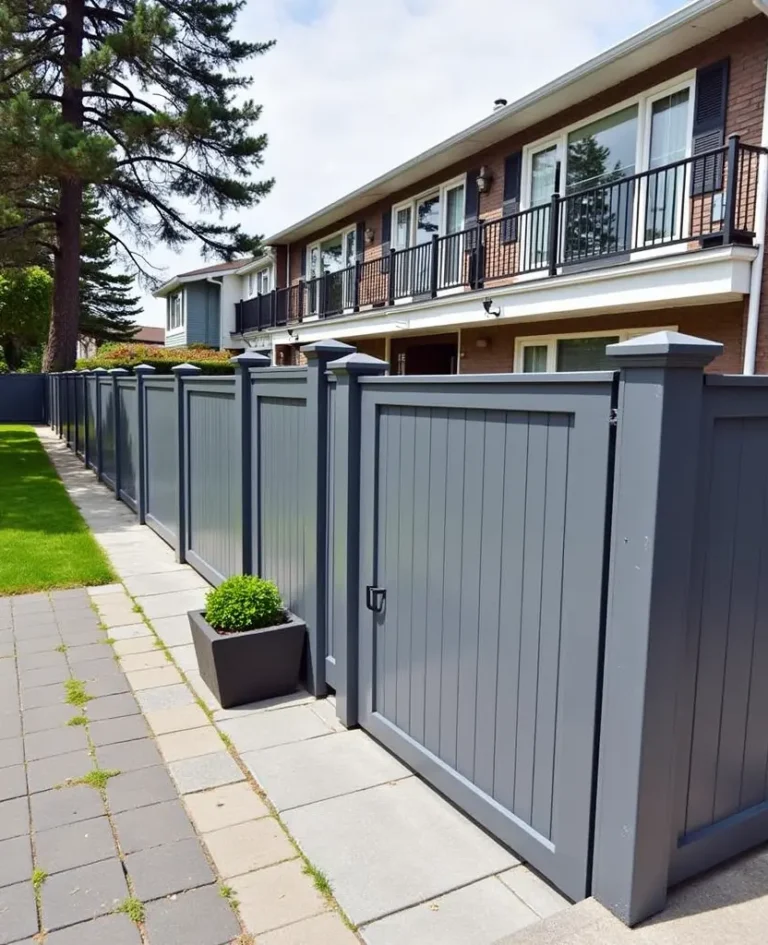Discover the Best Edging Types for Gardens
Discover the Best Edging Types for Gardens
When it comes to gardening, every detail matters, and that includes the type of edging you choose. Edging not only defines your garden’s boundaries but also serves as a functional aspect that protects your plants and enhances aesthetic appeal. In this guide, we will journey through the top edging types for gardens, exploring their benefits and ideal uses. Get ready to transform your garden into a picturesque landscape!
The Importance of Garden Edging
Imagine walking through your garden on a sunny afternoon. The flowers bloom beautifully, and the grass is precisely trimmed. But wait—what catches your eye are the clear, defined borders that separate the flower beds from the lawn. This is the magic of garden edging! It creates a polished appearance, prevents grass invasion, and can even reduce maintenance time. Now, let’s dive into the various types of edging options that cater to different styles and needs.
1. Stone Edging
For gardeners seeking a rustic charm, stone edging is an ideal choice. Whether you opt for natural stones or cut pavers, stone edging adds elegance and durability. It can withstand the elements, requires minimal maintenance, and blends seamlessly into most garden settings.
Benefits of Stone Edging
- Durability: Stone doesn’t rot or decay, making it a long-lasting option.
- Aesthetics: It complements a natural landscape beautifully.
- Versatility: Suitable for various garden styles from modern to cottage.
2. Wooden Edging
If you love a classic and organic look, wooden edging can be perfect. Using treated timber or logs, wooden edging can define boundaries and create distinct areas for planting. However, it’s essential to choose rot-resistant wood to maximize longevity.
Benefits of Wooden Edging
- Natural appearance: Wood fits in well with garden themes.
- Easy installation: Many wooden options are lightweight and manipulate easily.
- Eco-friendly: A great choice for sustainable gardening.
3. Metal Edging
For a sleek, contemporary touch, metal edging is gaining popularity. Aluminum or steel strips provide clean lines and are highly durable. They are perfect for modern gardens where a minimalist design approach is preferred.
Benefits of Metal Edging
- Modern appeal: Offers a unique look that highlights the plants.
- Flexibility: Can be shaped into curves or straight lines easily.
- Longevity: Resistant to rust and weather conditions.
4. Brick Edging
Brick edging adds timeless elegance to any garden. With various colors, shapes, and sizes, bricks can be laid in different patterns to create a striking visual. Plus, they are interlocking, providing stability and strength.
Benefits of Brick Edging
- Timeless design: Complements traditional and modern gardens alike.
- Sturdy structure: Resists shifting and settling over time.
- Customizable: Endless options for creativity in design.
5. Plastic or Composite Edging
For budget-conscious gardeners, plastic or composite edging presents a practical solution. Lightweight and easy to install, this type offers flexibility in design and is often available in styles that mimic more expensive materials.
Benefits of Plastic/Composite Edging
- Cost-effective: Less expensive than many other materials.
- Low maintenance: Resistant to weeds and erosion.
- Variety of styles: Available in different colors and designs.
Choosing the Right Edging for Your Garden
To select the best edging for your garden, consider these factors:
- Style: Does it fit the overall theme of your garden?
- Functionality: Will it prevent grass from invading your beds?
- Budget: Are you getting the best value for your investment?
- Maintenance: How much time can you dedicate to upkeep?
Conclusion
Your garden deserves the best, and the right edging can make all the difference. Whether you opt for stone, wood, metal, brick, or plastic, each type has its unique appeal and purpose. Choose the one that aligns with your gardening goals, aesthetics, and practical needs. Happy gardening!
FAQs
What is the primary purpose of garden edging?
The primary purposes of garden edging are to define spaces within the garden, prevent grass and weeds from encroaching onto plant beds, and to enhance the overall aesthetic of the garden.
How do I maintain my garden edging?
Maintenance varies by material. Stone and metal edging typically require minimal upkeep, while wooden edging may need regular staining or sealing to prevent rot. Always check for shifting and realign as necessary.
Can I install garden edging myself?
Yes! Many types of garden edging are designed for easy installation. With basic tools and a bit of guidance, you can create stunning borders in your garden.
Is plastic edging durable?
Yes, plastic edging is designed to be weather-resistant and can last for several years. It may not be as durable as metal or stone, but it is an excellent budget-friendly option.
Can I use multiple types of edging in one garden?
Absolutely! Mixing different edging types can create a visually appealing and dynamic garden layout. Just ensure they complement each other in style and functionality.
“
